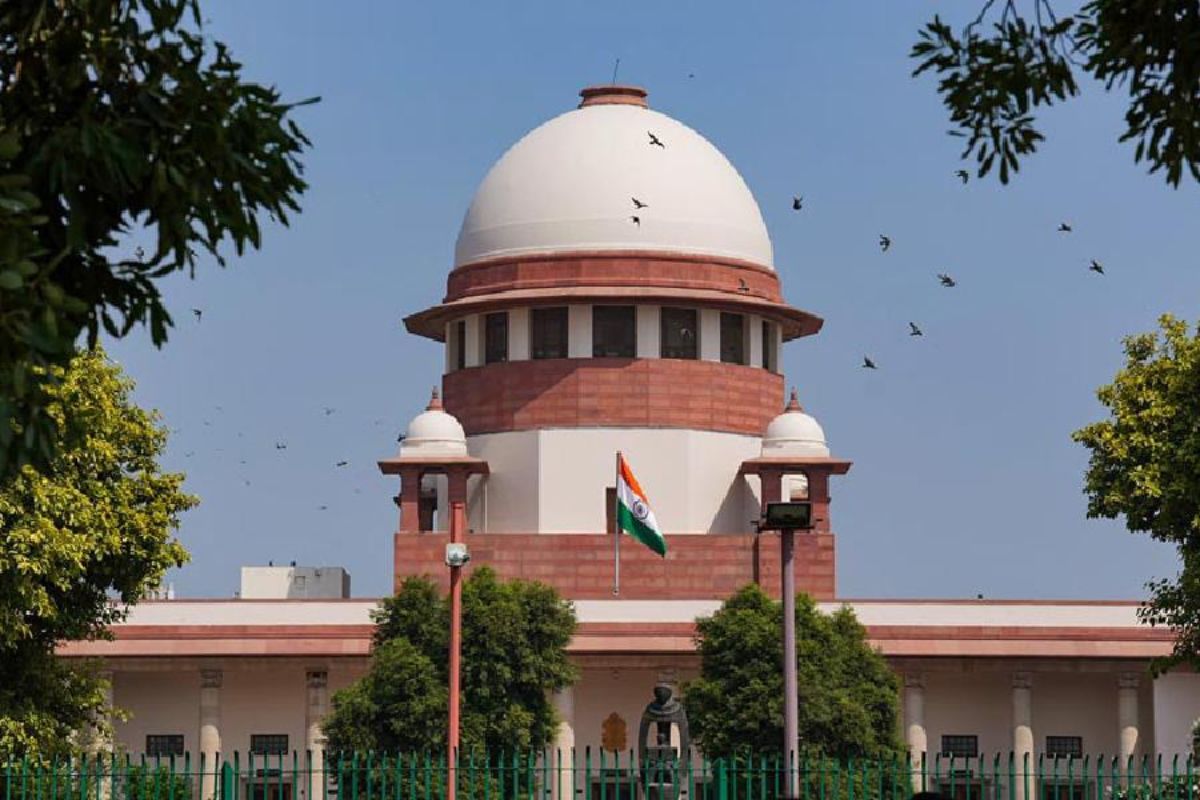SC seeks number of FIRs registered in instant triple talaq cases
Triple talaq ceased to exist on August 22, 2017, when the Supreme Court declared it void.
In the labyrinth of India’s legal landscape, the Supreme Court verdict upholding the Centre’s 2019 decision to revoke the special status for Jammu and Kashmir and reconfigure it into two Union Territories raises profound questions about the constitutional journey of this region.

SC quashes proceedings against Karnataka Dy CM Shivakumar in PMLA case
In the labyrinth of India’s legal landscape, the Supreme Court verdict upholding the Centre’s 2019 decision to revoke the special status for Jammu and Kashmir and reconfigure it into two Union Territories raises profound questions about the constitutional journey of this region. Historically, Kashmir’s saga is a tapestry woven with threads of partition, autonomy, and geopolitical intricacies. The Maharaja’s decision to accede to India in 1947, amid the invasion by tribal forces from Pakistan, set the stage for a tumultuous relationship.
The constitutional position crystallised in Article 370, drafted by Sheikh Abdullah and accepted by Jawaharlal Nehru, provided autonomy for Jammu and Kashmir. However, the temporary provision laid the groundwork for future debates and transformations. The 1954 addition of Article 35A empowered state lawmakers to grant special rights and privileges to permanent residents. Fast forward to 2019, and the repeal of Article 370 dismantled these provisions, stirring a contentious debate on property ownership and access to state government jobs and college admissions.
Advertisement
The decision’s roots delve into the ashes of conflict, as Kashmir became the flashpoint for two of three India-Pakistan wars since Independence. The Line of Control etched its presence in 1972, yet skirmishes and tensions persisted. The insurgency of 1989, fuelled by resentment towards perceived heavy-handed rule from New Delhi, catapulted the region into the throes of violence. While the legal narrative unfolded in courtrooms, the geopolitical realities shaped the lives of millions. Pakistan’s rejection of the court verdict and its adherence to the belief that international law does not recognise India’s actions in 2019 underscores the persistent global ramifications of the Kashmir issue. The call for an UN-mandated referendum from Pakistan remains a constant, mirroring Islamabad’s hope for a resolution through international mechanisms, even though many of the conditions precedent for such an event no longer exist. Most important of these is Pakistan’s decision to cede a part of the territory to China, negating the referendum demand. In the aftermath of 2019, India has endeavoured to redefine Kashmir’s narrative. Economic initiatives, investments in industries, healthcare, education, and tourism, signal a desire to integrate the region more closely with the national fabric.
Advertisement
The recent spotlight on Kashmir’s lithium reserves for private mining and the successful hosting of a G-20 tourism meet during India’s presidency offer glimpses of a region seeking a renaissance. Yet, amidst these developments, the voices of dissent persist. The resilience articulated by figures like Mr Omar Abdullah and Ms Mehbooba Mufti underscores a determination to continue the struggle for what they perceive as honour and dignity. In the complex tapestry of Kashmir, where beauty and strife coexist, the path forward remains uncertain. The constitutional evolution reflects the intricate balance between history, geopolitics, and local aspirations.
As we navigate this terrain, it is essential to appreciate the multifaceted nature of the issue, recognising the diverse perspectives and emotions that shape the region’s destiny. The Supreme Court’s judgment is not just a legal pronouncement. It is a chapter in the on-going narrative of a region seeking equilibrium amid historical echoes and contemporary challenges.
Advertisement